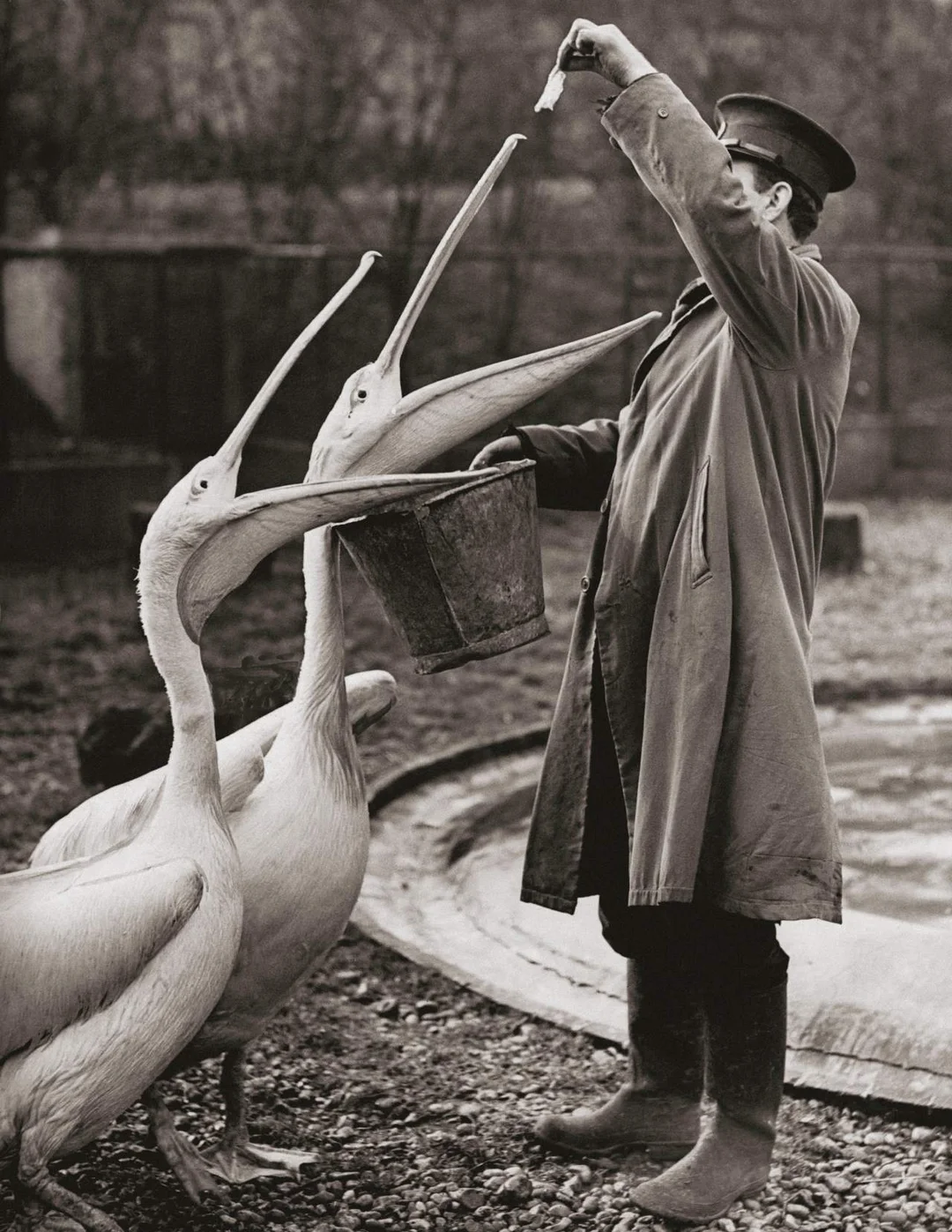
Haunting Truths: The Impact of World War II on Zoos and Their Inhabitants
In the annals of history, few conflicts have left such a devastating imprint on humanity and nature as World War II. John M. Kinder’s compelling work, "World War Zoos: Humans and Other Animals in the Deadliest Conflict of the Modern Age," unveils the unspeakable horrors faced by animals within zoos during this tumultuous period, highlighting the intersection of war, ethics, and human-animal relationships.
During a visit to Berlin in the late 1990s, Kinder stumbled upon a haunting memorial dedicated to the animal victims of wartime devastation, a stark reminder of the casualties that often go unnoticed in human narratives. He paints a vivid picture of the sky lit by flashes of bombs, alongside the overwhelming stench of death that enveloped these zoo inhabitants. His account serves not just as a historical recount but as a prompt for readers to reflect on our treatment of those who share our world.
According to Kinder, the war utilized zoos as instruments of propaganda, particularly in Nazi Germany, where an alarming ideology emerged. The Reich Animal Protection Act of 1933, paradoxically heralded by the regime, sought to emphasize animal rights while simultaneously undermining human dignity. Kinder notes how Adolf Hitler, famously touted as an animal lover, nourished a disturbing worldview that prioritized certain species over others based on arbitrary cultural and racial lines.
In examining the impact of armed conflict on zoo operations, Kinder provides distressing accounts of keepers who, driven by desperation, were compelled to euthanize thousands of animals to preserve their institutions. The dramatic decline in animal population during the war is staggering—Berlin’s Tiergarten housed 3,000 creatures at the onset of war, yet this number plummeted to a mere 91 by its conclusion. The fate of over 200 animals in London's zoos similarly underscores the profound ethical dilemmas posed by survival amidst chaos.
Kinder’s exploration challenges us to think critically about the broader implications of animal stewardship during times of moral crisis. The war not only obliterated human lives but ensnared an entire ecosystem in its violent grip. His work serves as a powerful reminder of how intertwined our existence is with that of the natural world and provokes critical conversations about the responsibilities we hold towards our planet's diverse inhabitants.
As we reflect on these historical narratives, we must ask ourselves: how do we reconcile our love for animals with the duties we owe them, especially during moments of societal upheaval? The lessons of World War II remain relevant today, urging us to advocate for a future where our fellow species are treated with the dignity they deserve.
What are your thoughts on the relationship between warfare and animal conservation? We invite you to share your perspectives, as these discussions are crucial to fostering understanding and change.